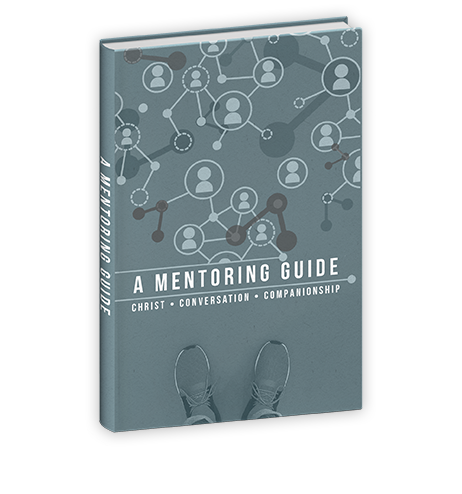Have you ever felt a question sink into your soul, stirring something long buried? Questions that awaken us to the deep journey of following Jesus home.
Some questions whisper through our lives like the wind, while others crash like waves against the shore, reshaping everything in their wake: “Will you marry me?” or “Will you take this job?” Perhaps a question like mine, “Have you ever considered that you are being called to pastoral ministry?” The words came from a pastor, but they echoed something more profound—something my immigrant grandmother had first spoken of me when I was just a child: “This one will be the pastor.” I had chosen another path, a Ph.D. in history, but this question brought me back to a calling I thought I had silenced.
Henri Nouwen asks us a question just as piercing:
“Are you following Jesus? Not in name alone, not in habit or tradition, but in the depths of your being. Are you a follower?” [1]
Read More




 Keith Anderson
Keith Anderson



